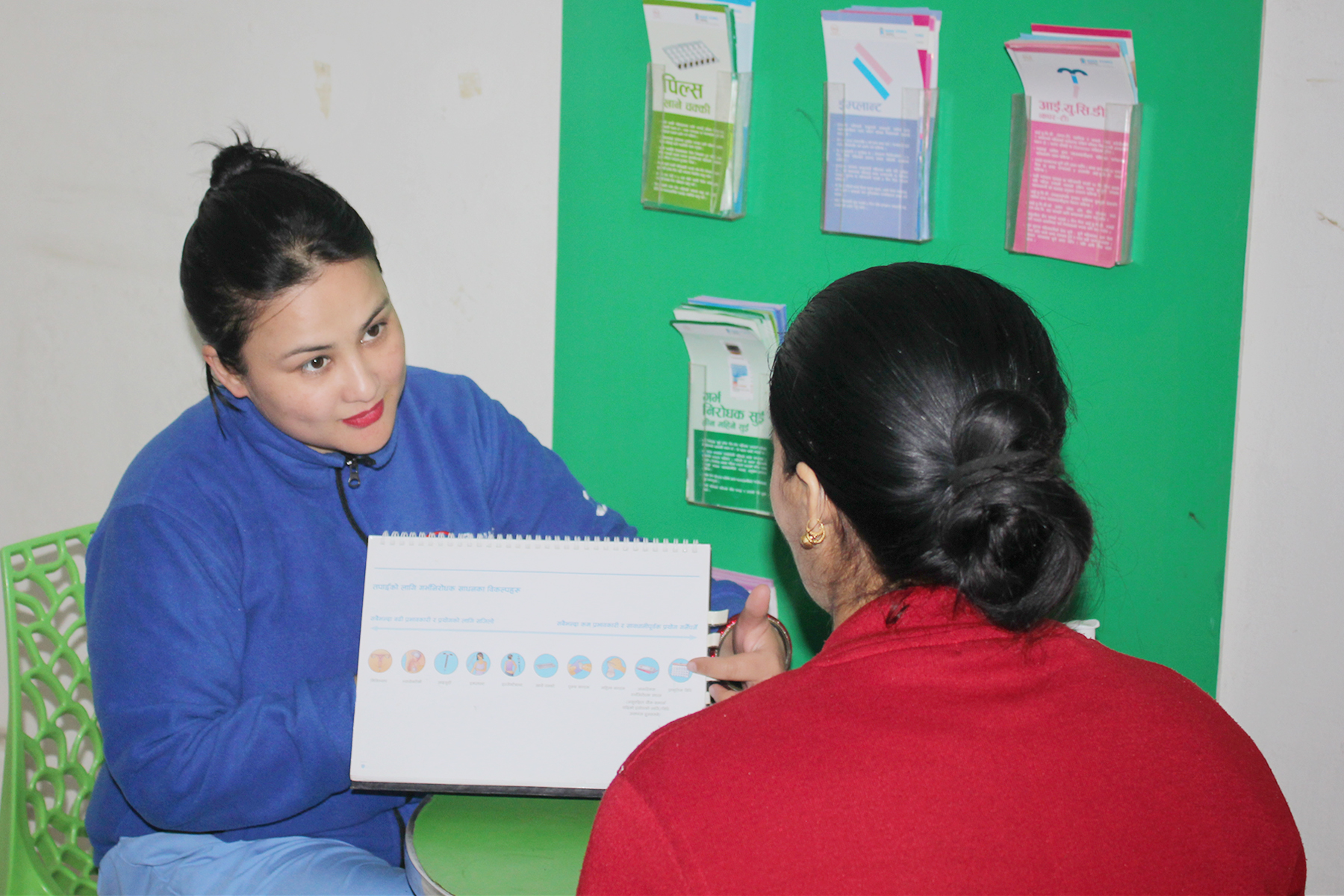VIA test
Testing to detect early signs of cervical cancer

An effective method for detecting abnormal cells in the cervix
This isn’t a test for cancer, but can detect abnormal cells that could lead to serious problems like cervical cancer.
Symptoms may not be experienced beforehand, until the condition is at an advanced stage.
Abnormal cells are not usually cancerous, especially if you have regular screenings. However, if abnormal cells are noticed at a screening they can be closely observed and/or treated to prevent cancer from developing. Regular screening has been proved to reduce the risk of advanced cancer by 90% on average for women aged 35-64.

General information on VIA
- It is safe, inexpensive and easy to perform.
- The test performance is similar to other tests used for cervical cancer screening.
- It is non- invasive and effectively identifies many precancerous lesions.
- It can be learned and provided by almost all health professionals at all levels of the health care system.
- It provides immediate results on which decisions about management (treatment or referral) based:
- Most equipment and supplies for his service are locally available.
- Instant treatment (cryotherapy) can be linked to this type of screening to offer women screening and treatment in a single visit.
- VIA and Treatment by Cryotherapy as a Single Visit Approach (SVA).
- Woman aged between 30 to 49 years. If the woman is HIV infected, the age group is 25 to 49 years. VIA is recommended every 3 years for all woman except HIV infected woman when the woman should do VIA every 1 year.
Get in Touch
For more information, please contact us at 9779847695248 (Whatsapp) or
Toll Free: 1143
Find our locations that offer cervical cancer screening
Frequently asked questions about cervical screening
We recommend that women over the age of 30 get screened every 3 years until the age of 49.
The procedure is simple. The health care provider simply swabs vinegar, i.e. acetic acid, on the cervix and looks for areas that change color. Normal cervical tissue remains unaffected by the acetic acid, but damaged tissue — such as that found in pre-cancerous or cancerous lesions — turns white. The provider can then remove the damaged tissue on the spot using cryotherapy or other techniques, or they can perform a biopsy for further follow-up.
You will be asked to undress from the waist down. If you are wearing a full skirt or a dress with a full skirt you can lift the skirt up rather than take it off. We will provide something for you to cover yourself with while we perform the test, if you like.
Some women find it momentarily uncomfortable, but it is a very quick procedure. The apprehension, along with embarrassment, puts some women off having a smear test. Try not to worry. Many women will tell you that they found it fine and that it’s worth a little discomfort for peace of mind. It is best to relax as much as possible by breathing slowly and deeply to ease any tension.
Some chemicals found in spermicide, lubricant, or barrier methods of contraception such as condoms, cervical caps and diaphragms could affect the test. Please refrain from having sex using these methods of birth control for 24-hours before the test. Sex with any other contraceptive method before the test will be fine.







